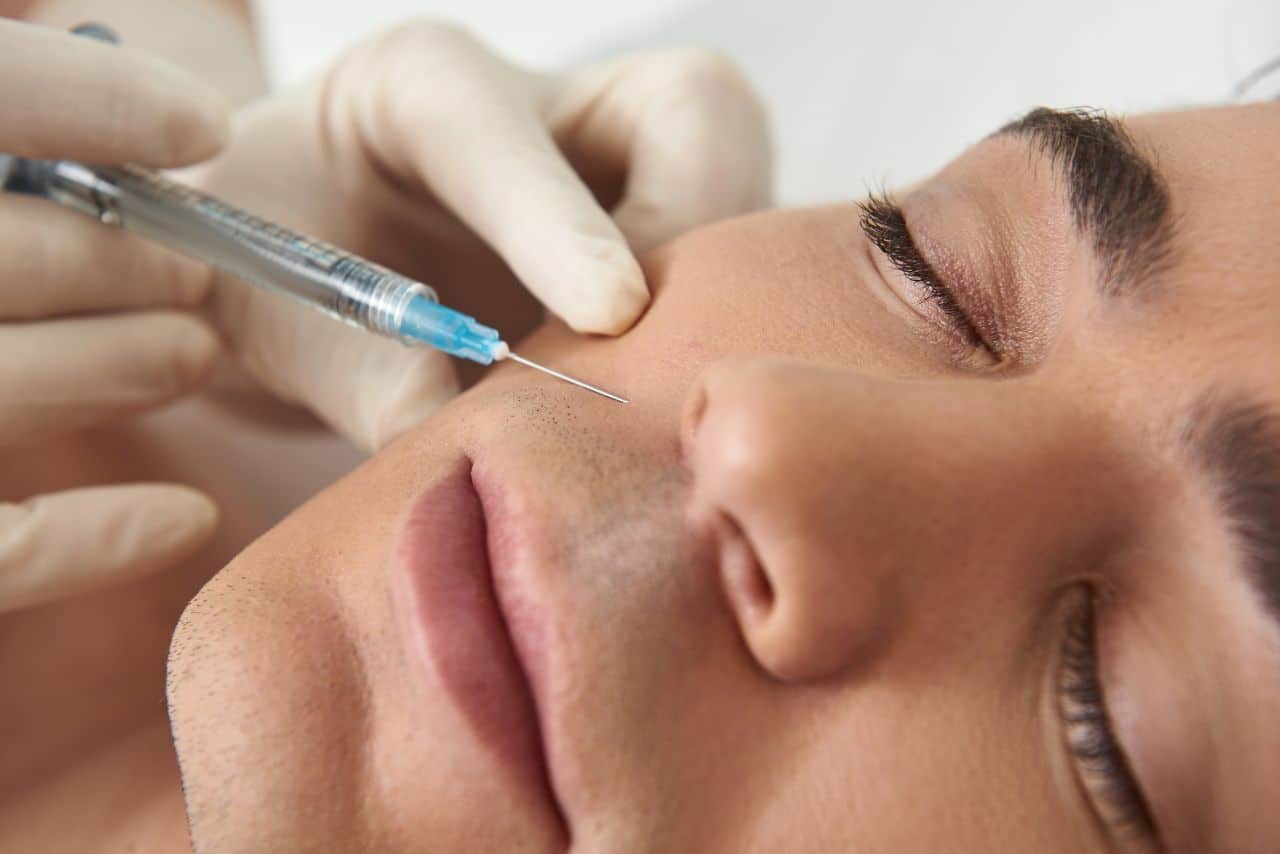
In this article you will learn:
- How much Juvederm is needed for nasolabial folds?
- What are nasolabial folds?
- What is Juvederm?
- How does Juvederm help getting rid of nasolabial folds?
- How long does treatment last?
How much Juvederm is needed for nasolabial folds?
Determining the type and amount of dermal filler needed to treat nasolabial folds can be daunting. Compared to its competitors, Juvederm has proven to be an excellent choice for practitioners working on this difficult facial area.
What are nasolabial folds?
Located on both sides of the nose, nasolabial folds are defined as the creases that run from the nose to the corner of the mouth. They are caused by constant muscle movement and tend to become more prominent with age. Commonly known as smile lines, nasolabial folds are a natural feature. As skin ages, it thins and sags, and nasolabial folds tend to become more pronounced.
What is Juvederm?
Juvederm, a hyaluronic acid gel, is a dermal filler that is used to provide approximately 9 months to 1 year of correction for facial wrinkles and folds. Hyaluronic acid adds temporary volume and creates a smoother appearance by attracting moisture to the injection site, plumping the skin. Some hyaluronic acid products have a grainy consistency, but Juvederm has a smooth consistency. Unlike other hyaluronic acid-based dermal fillers, Juvederm does not use sizing technology. It was developed using Hylacross Technology, which allows for a smoother, more malleable gel. Most patients achieve optimal results after one treatment with Juvederm.
How does Juvederm help getting rid of nasolabial folds?
Hyaluronic acid is an extremely hygroscopic molecule, and it can bind up to 1,000 times its weight in water. This property hydrates and increases the volume of facial tissue and provides structural support. Hydration helps to plump sagging skin, smooth wrinkles, and improve evenness. Juvederm can be used as structural support in the cheek pads, which lose fat over time and can droop with age. By lifting the cheeks and skin around the mouth and smoothing the skin, Juvederm helps to reduce the depth of nasolabial folds and return the face to a more youthful state.
There are 2 classifications of hyaluronic acid-based dermal fillers: biphasic and monophasic. The particles in biphasic gels are approximately the same size, whereas the particles in monophasic gels are of different sizes. Juvederm is a monophasic gel, which allows for a more diffused distribution of the gel into the skin and is believed to produce more even results than biphasic gels. A split-face study showed that after 4 weeks, a monophasic gel created more even results than a biphasic gel. After 6 months, however, results for both types of gels were equivalent.
How long does treatment last?
With any hyaluronic acid-based dermal filler, effects last until the product has been broken down by the patient’s body. This can range from 6 to 12 months, depending on the product used. Juvederm is no exception. A study found that Juvederm Ultra Plus required significantly less product for follow-up treatments (0.7ml) than for initial treatment (1.6ml). This same study found that 96% of nasolabial folds treated with Juvederm maintained correction at 24 weeks, and 81% maintained correction for 1 year or more.
The study concluded that Juvederm Ultra Plus XC provided correction to severe nasolabial folds for 1 year or longer. Compared to collagen-based dermal fillers, which last only between 3 or 4 months, Juvederm is a much longer-lasting, effective treatment for nasolabial folds. Hyaluronic acid-based dermal fillers have shown superiority over collagen-based dermal fillers in duration, amount required, and patient satisfaction.
Patient satisfaction with the outcome of a procedure is important in maintaining and growing a successful practice, so many practitioners are transitioning to the Juvederm collection of fillers.

About the Author: Doris Dickson is a specialist writer for Health Supplies Plus, focusing on the aesthetic medicine industry. She diligently researches cosmetic treatments and products to provide clear, concise information relevant to licensed medical professionals. Her work supports Health Supplies Plus’s commitment to being a reliable informational resource and trusted supplier for the aesthetic community.
Disclaimer: The content provided in this article is intended for informational purposes only and is directed towards licensed medical professionals. It is not intended to be a substitute for professional medical advice, diagnosis, or treatment, nor does it constitute an endorsement of any specific product or technique. Practitioners must rely on their own professional judgment, clinical experience, and knowledge of patient needs, and should always consult the full product prescribing information and relevant clinical guidelines before use. Health Supplies Plus does not provide medical advice.
